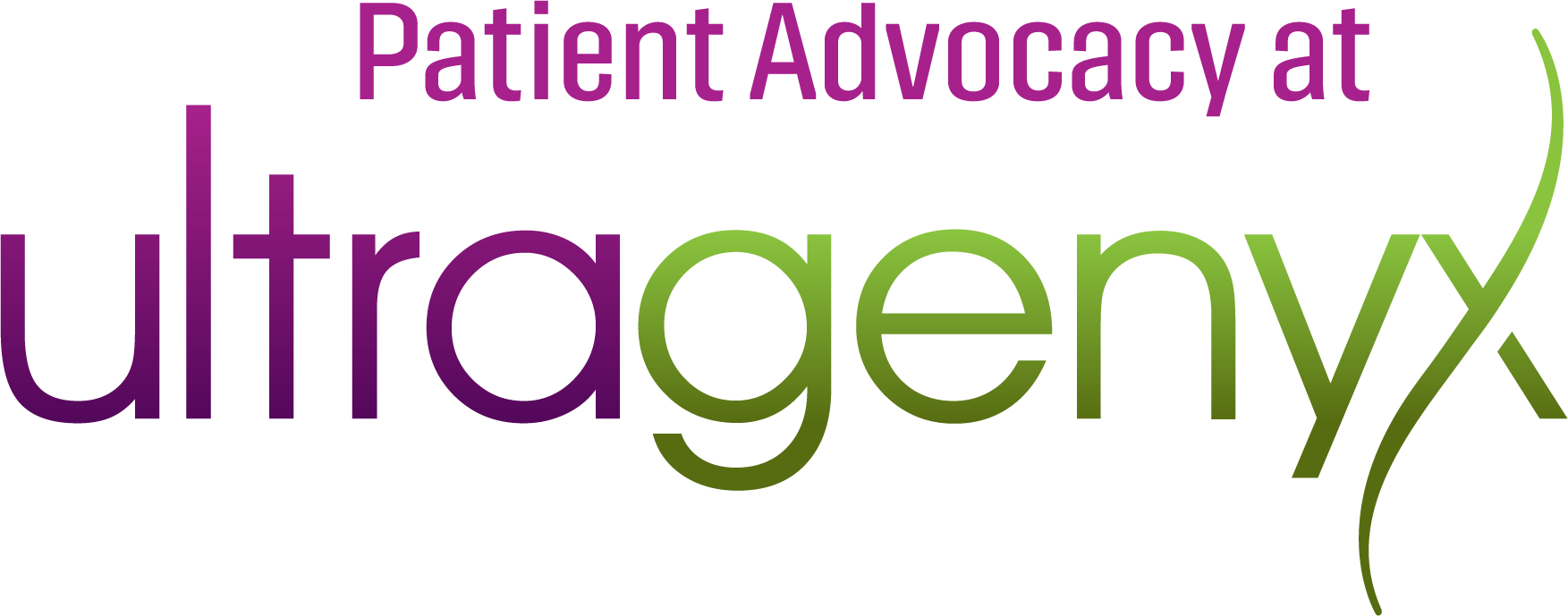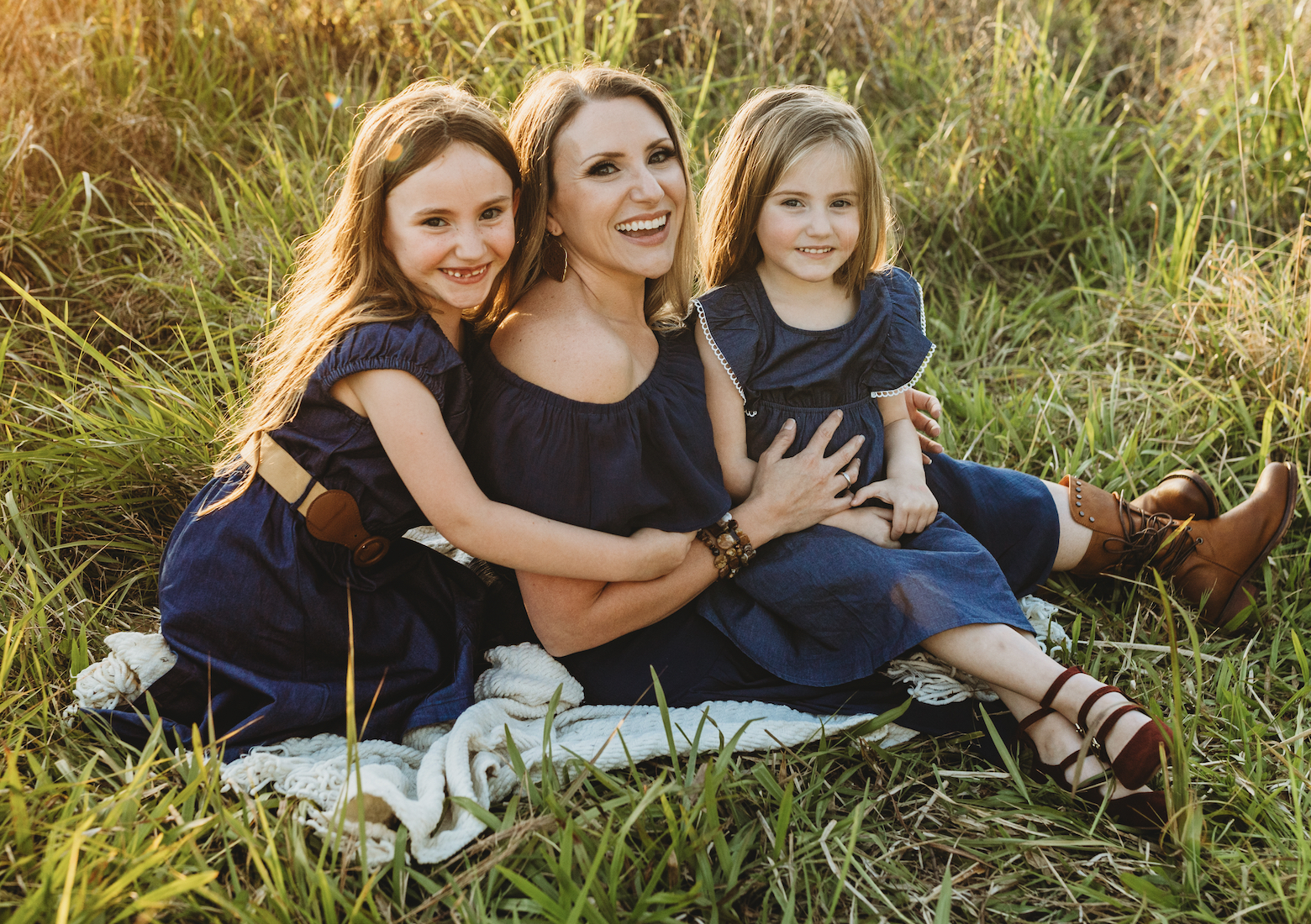Growing Up Fragile
I experienced my first broken bone when I was a baby. Shortly after, another leg fracture occurred, with little to no explanation. My parents were referred to an orthopedic surgeon and, to their surprise, I was diagnosed with Osteogenesis Imperfecta at 16 months old. OI did not run in my family, so it occurred due to a spontaneous genetic mutation. I experienced countless broken bones throughout my childhood and had several major surgeries. OI or “Brittle Bone Disease” is a rare disease characterized by bones that break easily, but many other body systems are also affected. It’s caused by a change in a gene that affects bone strength and formation, as well as the structure of other tissues causing them to be fragile. According to the Osteogenesis Imperfecta Foundation (OIF), it is estimated that 25,000 to 50,000 people in the United States have OI.

My parents contacted the OIF (www.oif.org) for support after my diagnosis. The organization improves the quality of life for people living with OI and their families through advocacy, research, education, awareness and mutual support. Thanks to the foundation, my parents had the opportunity to connect with other families, learn about disease management, and find the latest medical advances. My parents became active members by going to meetings and conferences, and my mother became co-chair of an OI support group in Florida. She also served as a board member of the OI Foundation, and now I am currently on the board of directors, too.
Two daughters sharing the same diagnosis
My husband and I knew there was a 50/50 chance that our children could inherit OI. We discovered that my first daughter, Addison, had OI in utero when doctors saw that one of her femurs appeared to be healing from a fracture. My second daughter, Avery, was diagnosed with OI after she was born, as she displayed the same physical characteristics of OI that Addison and I share. My daughters and I have Type 1 OI, which is the mildest and most common form. With the help of improvements to genetic research, there are more than 15 different types of OI now.
Being diagnosed with OI has given me the opportunity to share my story with others. As a licensed mental health counselor, I specialize in working with others who are living with rare and chronic medical conditions. I recommend that families connect with organizations, such as the OIF, for support and to meet others with similar journeys. I also encourage parents to let their children explore their physical limits. The risk of fracture is a harsh reality, but giving our children developmentally appropriate freedom will help them learn to understand their boundaries and their bodies. My hope for the future is that we will continue to find new treatments that will further improve the quality of life for people living with OI.
Written by Michelle Fynan, PhD, LMHC, OI Advocate
Osteogenesis Imperfecta (OI)
Learn more about the conditions we study, access related resources, and find opportunities to participate in research.
Learn More about OI
